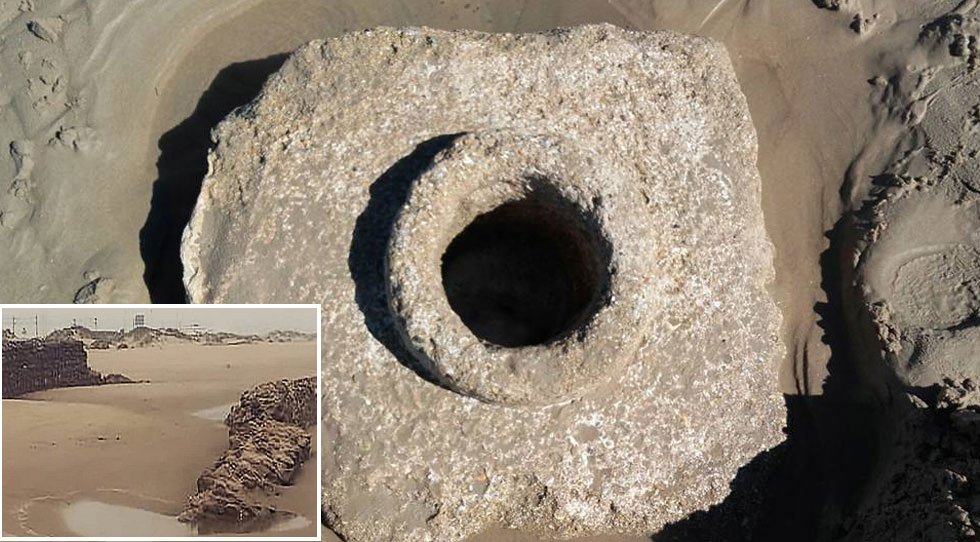AncientPages.com - Ancient remains of Roman aqueduct dating back to the first century have been surprisingly revealed after storm at Cortadura beach, Cádiz, a city and port in southwestern Spain.
The storm also revealed parts of a stone road dated back to the 16th or 17th century; this road was destroyed by a tsunami in 1755.
"We were alerted to the presence of these remains, and to the fact that people were digging in the area, so we went there, warned people to stop what they were doing, and called city officials," explains Moisés Camacho, president of the Association for the Investigation and Dissemination of Cádiz's Heritage (Adip).
El Pais reports that it was long believed that the aqueduct of Gades (now modern-day Cadiz), was already lost to erosion by the sea.
The Roman aqueduct of Cádiz once stretched over 75 kilometers (50 miles), bringing water to residents from the springs of Tempul.
Camacho's team informed that two of the aqueduct's fragments are still joined together with the original mortar, which is a rare occurrence.
The aqueduct is considered one of the greatest feats of engineering in Roman-era Hispania. Other similar aqueduct fragments found years ago are now on display in Cádiz's Asdrúbal square. Historians had already been aware of the existence of both the aqueduct and the road, although no finds had emerged in recent decades.
See also:
Ancient Roman ‘Commander House’ Discovered In Rome
Oldest Aqueduct Dated To 3rd Century BC Discovered In Rome
Experts have identified remains of two walls around 80 centimeters thick and two meters high that once delimited the road. According to scholars, they may have been built over an earlier Roman road or parallel to one that is now under the sea.
AncientPages.com








